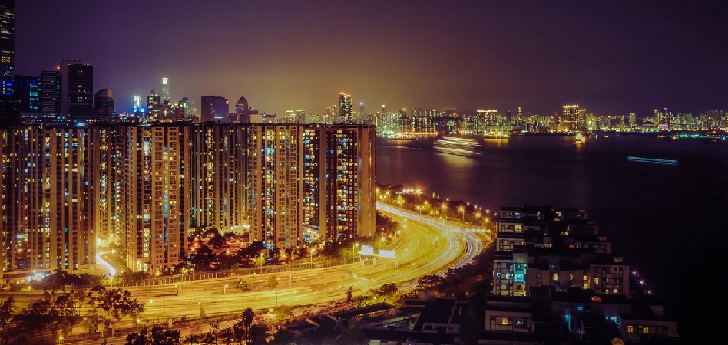Megacities: the drivers of global growth generate 35% of the world’s GDP
There are only twenty cities under these characteristics in the world. Most of them are located in North America and in the Asia Pacific region.

Megacities, the drivers of global economy. These locations, which are defined as a set of adjacent cities forming a continuous urban region, generate more than 30 trillion dollars annually, representing 35% of the world’s Gross Domestic Product (GDP) and concentrate 9% of the world’s population.
The term, which was first used by Jean Gottman in 1961, has rarely stood out due to the difficulty in setting its limits. However, Euromonitor has identified twenty cities under these characteristics in its Megalopolis report:How Megaregions Are Changing the Global Economy.
The consultant points out that a megalopolis has to include at least two large metropolises with a GDP of more than 50 billion dollars each and 400 billion dollars as a whole. In addition, the population has to be more than ten million people.
The territory between Paris, Amsterdam and Munich, and Turin, Milan and Venice form other megapolis
The region between Boston and Washington is the largest megalopolis in the world, according to Euromonitor, with a GDP of 4.5 trillion dollars. If it was a country, it would be the fourth largest economy behind the United States, China and Japan.
In China, meanwhile, the territories between The Pearl River Delta, Yangtze River Delta and Jing-Jin-Ji are the largest megalopolis in the region. In Europe, the territory between Paris, Amsterdam and Munich, as well as Turin, Milan and Venice, create other megapolis.
Government initiatives are essential for the development of the megalopolis, according to the document, since governments can benefit from these regions by directing part of the investment there.
One of the advantages of a megalopolis is the diversification towards several economic activities to avoid dependence on a single industry. Sharing infrastructure investment by city governments that form a megapolis would help improve the profitability of these regions and help improve tourism, according to the document.
Megalopolis accounts for 9% of the world’s population
The unification of transport, housing and commercial parks are the keys to the development of megacities. For governments, improving roads and infrastructure to connect cities would save costs, while for companies it would open opportunities to invest in other industries and improve the supply chain. For consumers, on the other hand, it would expand its work network to other locations where they would have easy access.
The development of housing in megalopolis will involve the migration of citizens to so far secondary cities, with more affordable options. Investment in commercial parks in the megacities, on the other hand, will provide companies with more profitable solutions for their expansion, while increasing jobs and preventing brain drain.


info@themds.com
Validation policy for comments:
MDS does not perform prior verification for the publication of comments. However, to prevent anonymous comments from affecting the rights of third parties without the ability to reply, all comments require a valid email address, which won’t be visible or shared.
Enter your name and email address to be able to comment on this news: once you click on the link you will find within your verification email, your comment will be published.